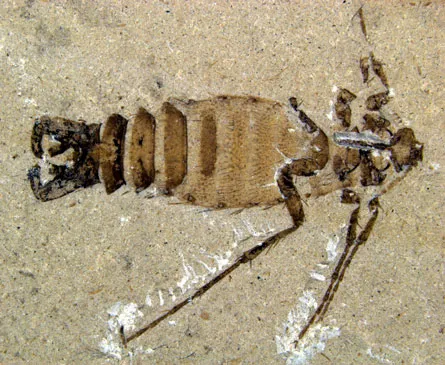- More than 2 years ago
The flea’s features weren’t always set in stone.

Ancient fleas were larger and had longer siphons to suck blood with than today’s fleas, researchers report in a study published online February 29 in Nature.
These and other new details gleaned from middle Jurassic and early Cretaceous fossils unearthed in China could help scientists piece together how these disease-spreading bugs evolved.
The fossils date to between 165 million and 125 million years ago and measure between 8 and 20.6 millimeters—as much as six times the size of a modern human flea.
The early fleas’ stiff bristles and claws suggest that these bugs latched onto a variety of hairy or feather-covered animals, perhaps even dinosaurs, say the scientists from the Chinese Academy of Sciences, the University of Kansas in Lawrence and the Muséum National d’Histoire Naturelle in Paris.






